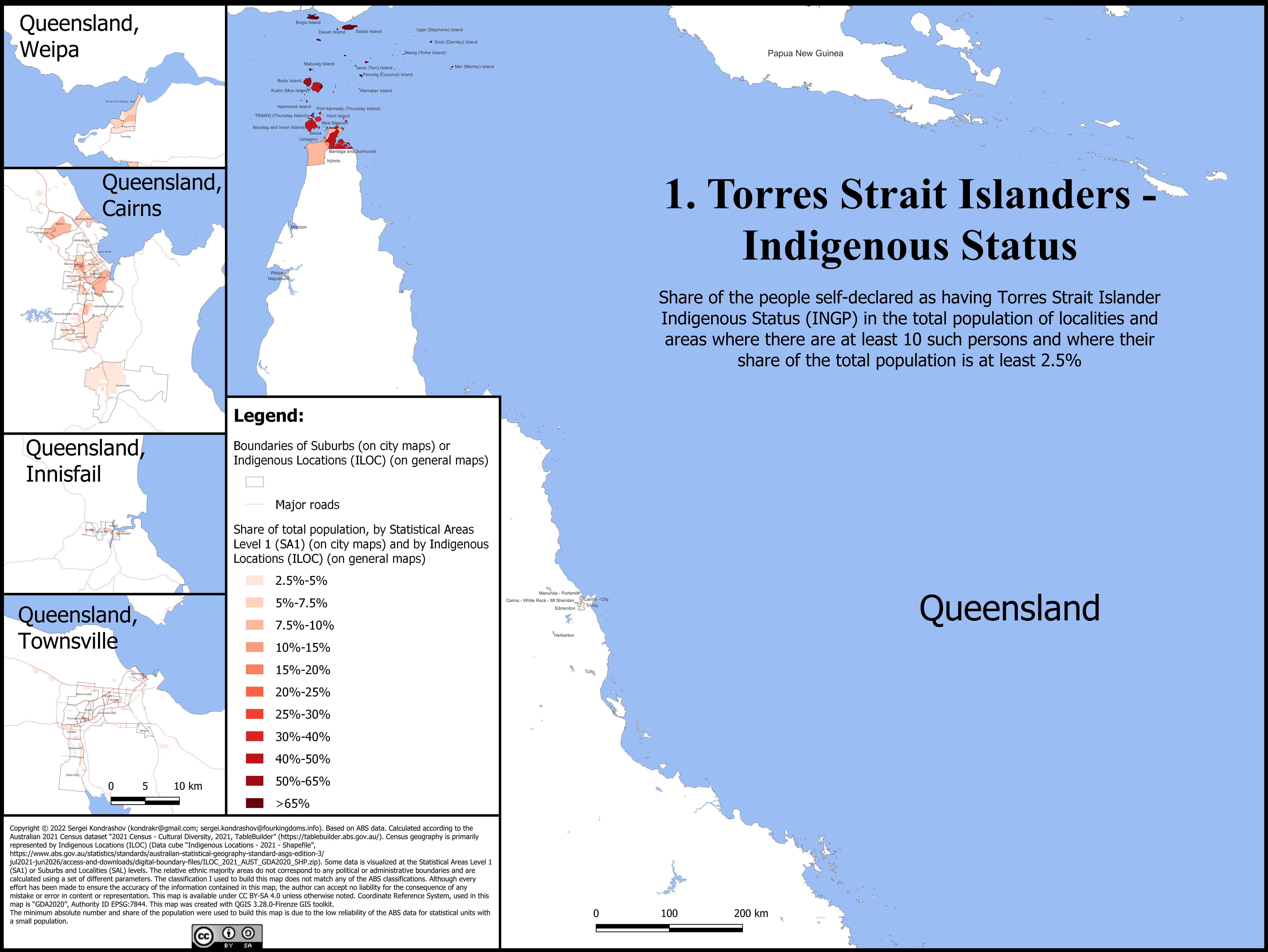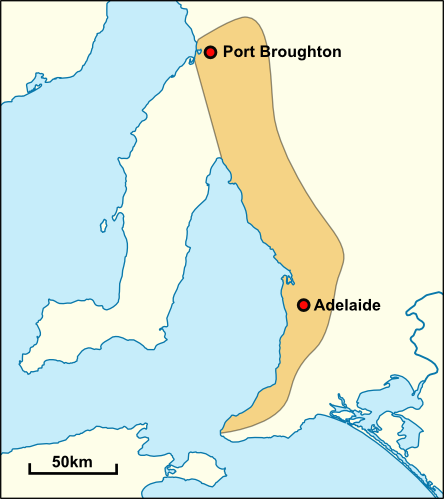|
Dance In Australia
Ceremonial dancing has a very important place in the Indigenous cultures of Australia. They vary from place to place, but most ceremonies combine dance, song, rituals and often elaborate body decorations and costumes. The different body paintings indicate the type of ceremony being performed. They play an important role in marriage ceremonies, in the education of Indigenous children, as well as storytelling and oral history. The term corroboree is commonly used to refer to Australian Aboriginal dances, although this term has its origins among the people of the Sydney region. In some places, Aboriginal people perform corroborees for tourists. In the latter part of the 20th century the influence of Indigenous Australian dance traditions has been seen with the development of concert dance, with the Aboriginal Centre for the Performing Arts (ACPA) providing training in contemporary dance. The Australian bush dance, which draws on traditions from English, Irish, Scottish and other Euro ... [...More Info...] [...Related Items...] OR: [Wikipedia] [Google] [Baidu] |
Corroboree
A corroboree is a generic word for a meeting of Australian Aboriginal peoples. It may be a sacred ceremony, a festive celebration, or of a warlike character. A word coined by the first British settlers in the Sydney area from a word in the local Dharug language, it usually includes dance, music, costume and often body decoration. Origin and etymology The word "corroboree" was adopted by British settlers soon after colonisation from the Dharug ("Sydney language") Aboriginal Australian word ''garaabara'', denoting a style of dancing. It thus entered the Australian English language as a loan word. It is a borrowed English word that has been reborrowed to explain a practice that is different from ceremony and more widely inclusive than theatre or opera.Sweeney, D. 2008. "Masked Corroborees of the Northwest" DVD 47 min. Australia: ANU, Ph.D. Description In 1837, explorer and Queensland grazier Tom Petrie wrote: "Their bodies painted in different ways, and they wore vario ... [...More Info...] [...Related Items...] OR: [Wikipedia] [Google] [Baidu] |
Torres Strait Islander
Torres Strait Islanders ( ) are the Indigenous Melanesians, Melanesian people of the Torres Strait Islands, which are part of the state of Queensland, Australia. Ethnically distinct from the Aboriginal Australians, Aboriginal peoples of the rest of Australia, they are often grouped with them as Indigenous Australians. Today, many more Torres Strait Islander people live in mainland Australia than on the Islands. Five distinct peoples exist within the broader designation of Torres Strait Islander people, based partly on geographical and cultural divisions. Kalaw Lagaw Ya and Meriam Mir comprise the two main Indigenous language groups; Torres Strait Creole is also widely spoken as a language of trade and commerce. The core of Island culture is Indigenous people of New Guinea, Papuan, and the people are traditionally a seafaring nation. The Torres Islanders exhibit a strong artistic culture, particularly in sculpture, printmaking, and mask-making. Demographics Of the 133 islands ... [...More Info...] [...Related Items...] OR: [Wikipedia] [Google] [Baidu] |
Copyright In Australia
The copyright law of Australia defines the legally enforceable rights of creators of creative and artistic works under Australian law. The scope of copyright in Australia is defined in the ''Copyright Act 1968'' (as amended), which applies the national law throughout Australia. Designs may be covered by the ''Copyright Act'' (as sculptures or drawings) as well as by the '' Design Act''. Since 2007, performers have moral rights in recordings of their work. Until 2004, copyright in Australia was based on the plus 50 law, which restricts works until 50 years after the author's death. In 2004 this was changed to a plus 70 law in line with the US and European Union, but this change was not made retroactive (unlike the 1995 change in the European Union which brought some, e.g. British authors, back into copyright). The consequence is that the work of an Australian author who died before 1955 is normally in the public domain in Australia. However the copyright of authors was extended t ... [...More Info...] [...Related Items...] OR: [Wikipedia] [Google] [Baidu] |
Indigenous Cultural And Intellectual Property
Indigenous intellectual property is a term used in national and international forums to describe intellectual property held to be collectively owned by various Indigenous peoples, and by extension, their legal rights to protect specific such property. This property includes cultural knowledge of their groups and many aspects of their cultural heritage and knowledge, including that held in oral history. In Australia, the term Indigenous cultural and intellectual property, abbreviated as ICIP, is commonly used. There have been various efforts made since the late 20th century towards providing some kind of legal protection for indigenous intellectual property in colonized countries, including a number of declarations made by various conventions of Indigenous peoples. The World Intellectual Property Organization (WIPO) was created in 1970 to promote and protect intellectual property across the world by cooperating with countries as well as international organizations. The UN's Decla ... [...More Info...] [...Related Items...] OR: [Wikipedia] [Google] [Baidu] |
Adelaide
Adelaide ( , ; ) is the list of Australian capital cities, capital and most populous city of South Australia, as well as the list of cities in Australia by population, fifth-most populous city in Australia. The name "Adelaide" may refer to either Greater Adelaide (including the Adelaide Hills) or the Adelaide city centre; the demonym ''Adelaidean'' is used to denote the city and the residents of Adelaide. The Native title in Australia#Traditional owner, traditional owners of the Adelaide region are the Kaurna, with the name referring to the area of the city centre and surrounding Adelaide Park Lands, Park Lands, in the Kaurna language. Adelaide is situated on the Adelaide Plains north of the Fleurieu Peninsula, between the Gulf St Vincent in the west and the Mount Lofty Ranges in the east. Its metropolitan area extends from the coast to the Adelaide Hills, foothills of the Mount Lofty Ranges, and stretches from Gawler in the north to Sellicks Beach in the south. Named in ho ... [...More Info...] [...Related Items...] OR: [Wikipedia] [Google] [Baidu] |
Ausdance
The Australian Dance Council, known as Ausdance or Ausdance National and formerly the Australian Association for Dance Education (AADE), is or was the national dance advocacy organisation in Australia, representing the dance profession and coordinating a network of state organisations, including Ausdance ACT, Ausdance Qld, Ausdance SA, Ausdance Victoria and Ausdance WA. its situation is uncertain after being deprived of its main funding by the Australia Council in 2016, and it announced its disbanding in 2019; however, it has continued to host the Australian Dance Awards until 2020. History The Australian Dance Council was founded in Melbourne in 1977 as the Australian Association for Dance Education (AADE) by a group including Peggy van Praagh, Peter Brinson, Shirley McKechnie, Warren Lett, Keith Bain OAM, Johanna Exiner and Donna Greaves. It then created the first Ausdance National Committee (later the National Council) in New South Wales, which later moved to Canberra, A ... [...More Info...] [...Related Items...] OR: [Wikipedia] [Google] [Baidu] |
Christine Donnelly
The Aboriginal Dance Theatre Redfern (ADTR) is an Australian non-profit organisation providing cultural and dance programs for Aboriginal Australian, located in the Sydney suburb of Redfern. It was founded in 1979 by Christine Donnelly, who remains executive director . ADTR instigated the founding of the National Aboriginal Dance Council Australia (NADCA) in 1995. History The Aboriginal Dance Theatre was founded in 1979 by Christine Donnelly, who remains at the helm as director . The idea of the theatre was based in political struggles, in particular the land rights activism of the 1970s. Donnelly had been a participant in the Six Weeks Performing Arts Training Programme held in Redfern (which later led to the development of NAISDA Dance College, and, indirectly, Bangarra Dance Theatre). It was originally housed in the National Black Theatre building, and both organisations used theatre as a form of political action. Donnelly states that her objective in establishing the p ... [...More Info...] [...Related Items...] OR: [Wikipedia] [Google] [Baidu] |
Redfern, New South Wales
Redfern is an Southern Sydney, inner southern suburb of Sydney located south of the Sydney central business district and is part of the Local government in Australia, local government area of the City of Sydney. Strawberry Hills is a locality on the border with Surry Hills. The area experienced the process of gentrification and is subject to extensive redevelopment plans by the state government, to increase the population and reduce the concentration of poverty in the suburb and neighbouring Waterloo, New South Wales, Waterloo (see Redfern-Eveleigh-Darlington). History The suburb is named after surgeon William Redfern, who was granted of land in this area in 1817 by Lachlan Macquarie. He built a country house on his property surrounded by flower and kitchen gardens. His neighbours were Captain Cleveland, an officer of the 73rd regiment, who built Cleveland House, Surry Hills, Cleveland House and John Baptist, who ran a nursery and seed business. Sydney's original railway termi ... [...More Info...] [...Related Items...] OR: [Wikipedia] [Google] [Baidu] |
Bangarra Dance Theatre
Bangarra Dance Theatre is an Aboriginal and Torres Strait Islander dance company focused on contemporary dance. It was founded by African American dancer and choreographer Carole Y. Johnson, Gumbaynggirr man Rob Bryant, and South African-born Cheryl Stone. ''Bangarra'' (pronounced ''bungurra'') means "to make fire" in the Wiradjuri language. Stephen Page was artistic director from 1991 to 2021, with Frances Rings taking over in 2022. The company has received many Helpmann Awards as well as other accolades. To date (2024), ''Bennelong'' (2017) and ''Dark Emu '' (2018) have been Bangarra's most successful works, playing to huge audiences around the country. History Bangarra Dance Theatre was founded in October 1989 by Carole Y. Johnson, an African-American modern dancer and founder of the National Aboriginal and Islander Skills Development Association (NAISDA), Rob Bryant, a Gumbaynggirr man and graduate of NAISDA, and Cheryl Stone, a South African-born student at NA ... [...More Info...] [...Related Items...] OR: [Wikipedia] [Google] [Baidu] |
Aboriginal Centre For The Performing Arts
The Aboriginal Centre for the Performing Arts (ACPA) is a national Australian institution for the culturally sensitive training of Aboriginal Australian and Torres Strait Islander people in the performing arts. Founded in 1997, it has been located in Fortitude Valley, Queensland, Fortitude Valley, Brisbane, since 2017. History The proposal for a national training institution for Aboriginal and Torres Strait Islander performing arts first arose in 1994, as part of the federal government's national arts policy, "Creative Nation". In 1997 the Queensland Government engaged choreographer and dancer Michael Leslie (dancer), Michael Leslie to establish the Aboriginal Centre for the Performing Arts, and in 1998 classes were first held at the Metro Arts Theatre, Metro Arts building in Edward Street, Brisbane, Edward Street, Brisbane. ACPA moved first to South Brisbane, then to Kangaroo Point, Queensland, Kangaroo Point. In January 2017, ACPA moved again, to the Judith Wright Centre of C ... [...More Info...] [...Related Items...] OR: [Wikipedia] [Google] [Baidu] |




